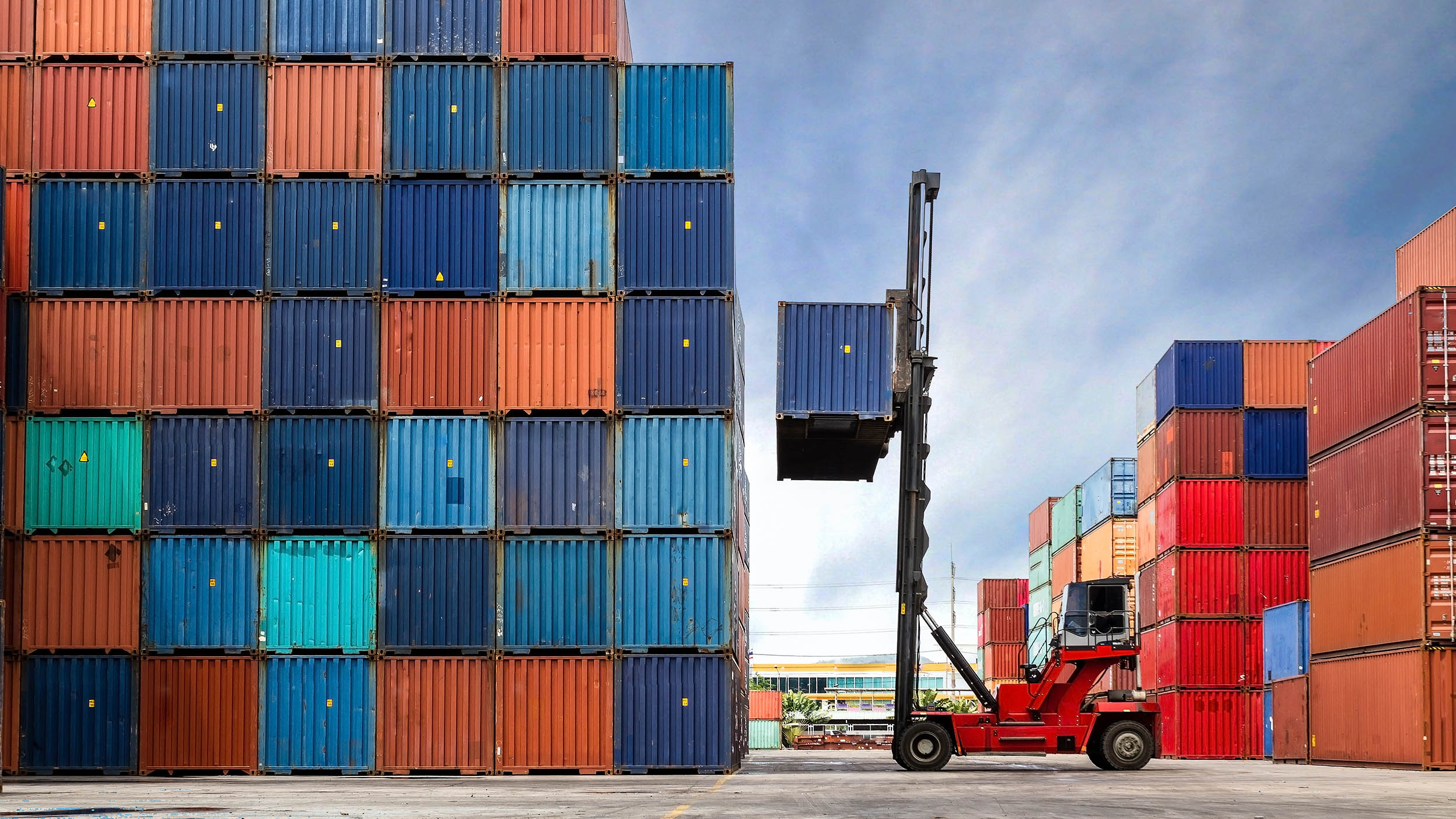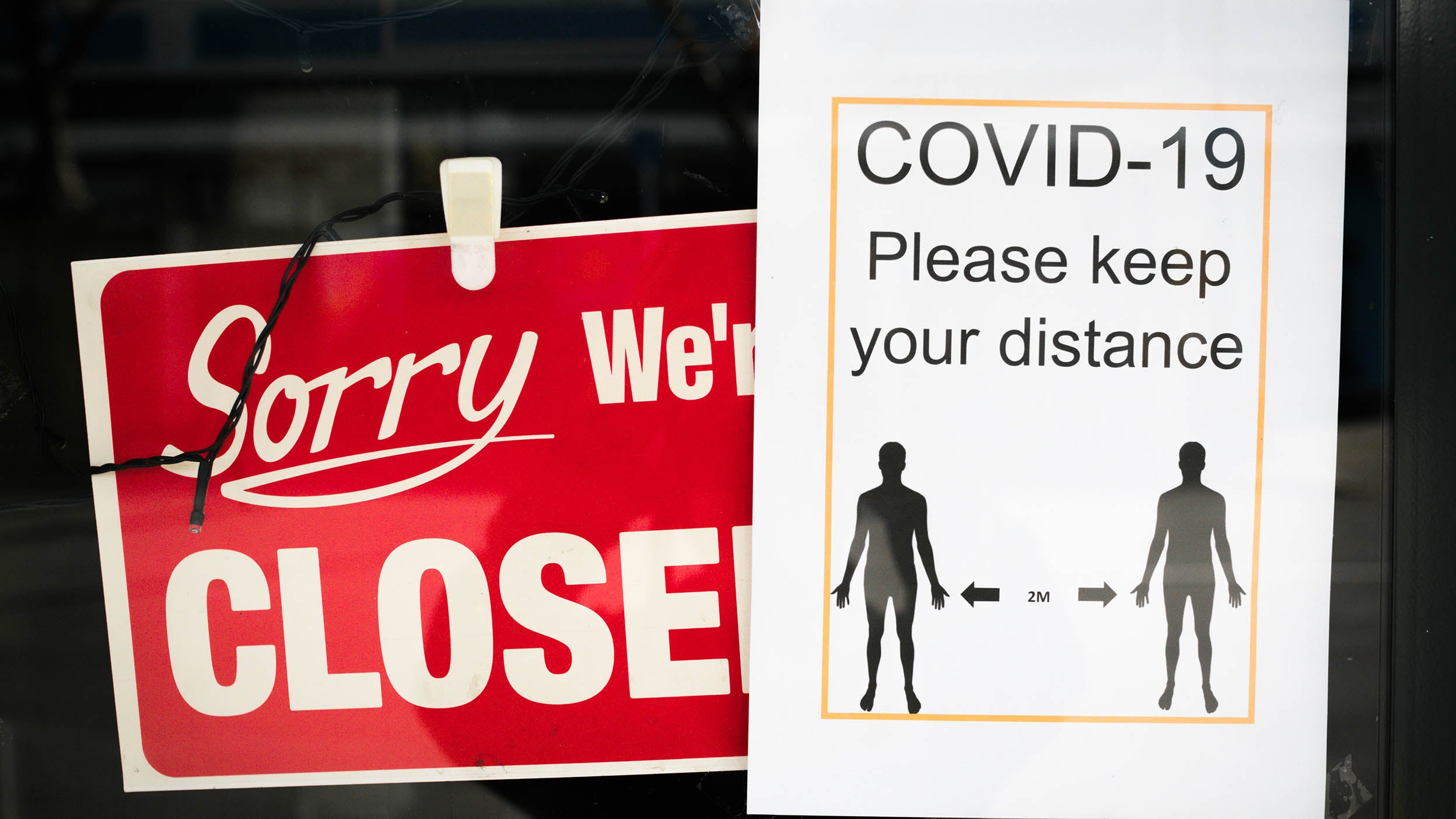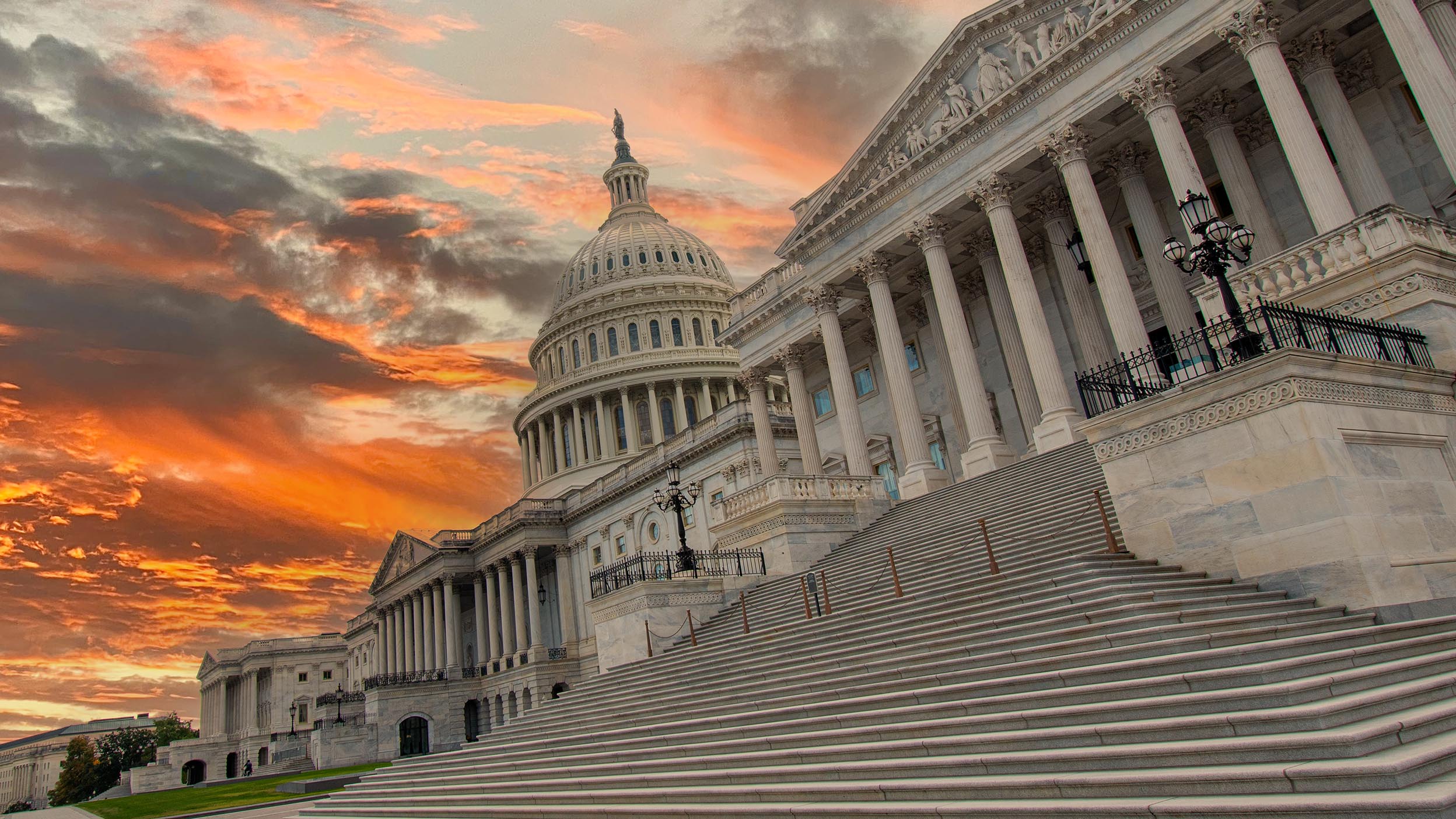
Markets and Economy Markets adjust to a new trade war
The market is gauging the economic inefficiencies that may result from the Trump administration’s new tariffs and the retaliatory measures from other countries.

Every part of my being knew that I could not liquidate my portfolio, but my emotions kept driving me towards the sell button.
I realized that betting against the US economy and equity markets was akin to betting against the policymakers, human ingenuity, and scientific advancement.
The decisions I made over those fateful (and horrifying) two weeks may be the difference in whether I reach my investment goals.
It’s been four years since the world shut down because of the coronavirus outbreak. The events of those first weeks of the shutdown still haunt me. I can vividly remember walking through an empty Times Square for what would be my last in-person CNBC Squawk Box appearance for a long while, feeling as if I were the last person on Earth. By the time I returned home, our local Board of Education had closed the schools, activities were canceled, and my wife was cleaning the groceries with disinfecting wipes and putting the mail in the oven. To call it surreal would be an understatement.
The rapidly spreading pandemic and the increasingly overwhelmed healthcare system had me panicked, but also feeling ill-equipped to do anything. Instead, with the family safe at home and my action bias raging, I turned my attention to my investment portfolio. Managing my investments was something I felt equipped to do, or so I hoped.
It had only been weeks earlier that the S&P 500 Index had hit an all-time high.1 Now, the market was down 20%, with no bottom in sight.2 I had lived through recessions, financial crises, terror attacks, oil shocks, war and much more, but this felt different. A global pandemic? My professors had not covered pandemics in my economic and finance courses, and I had not taken biology since I was 15 years old. Every part of my being knew that I could not liquidate my portfolio, but my emotions kept driving me towards the sell button. If there was to be no economic activity, then there would be no earnings. How does one comfortably invest in a market of companies that will not be generating earnings?
Ironically, I had spent much of my career imploring investors to manage their emotions. I, as much as anyone, knew that breaking from investment plans at inopportune times had typically cost investors dearly. I promised myself I would not make that same mistake. However, by the time the market was down 35% on March 23,3 it had shot my nerves. I wanted out. One-third of everything I had worked for was gone in weeks. What is worse is that the pandemic had me plagued (no pun intended) by the feeling that conditions had to get significantly worse before they got better.
I called a former colleague and long-time friend to ask what he was doing with his portfolio. He calmly responded, “Nothing.” He then told me that he would be buying more equities soon. My friend reminded me of what I had already known. Of all the factors involved in investing, time is the most important. I owe him one. He knows who he is.
By late March, the Trump administration had passed the Coronavirus Aid, Relief, and Economic Security (CARES) Act and the US Federal Reserve had committed to “using their full range of tools to support the US economy.” The National Institutes of Health announced a phase 1 trial of a messenger ribonucleic acid vaccine designed to protect against coronavirus disease 2019. It dawned on me that betting against the US economy and the US equity markets was akin to betting against the policymakers, human ingenuity, and scientific advancement. I was not willing to make that bet, nor will I ever be.
The decisions I made over those fateful (and horrifying) two weeks may be the difference in whether I reach my investment goals. Here are hypothetical numbers to prove that point:
Considerations: An individual starting their career in 1998, maximizing investments each year in their 401(k) ranging from $10,000 in 1998 to $22,500 in 2023,4 with all investments in the S&P 500 Index. Based on those numbers, this hypothetical individual would have had their 401(k)-balance fall from a high of $996,630 on Feb. 19, 2020, to $732,500 on March 13, 2020.5
The charts below analyze three choices this investor could have made in this situation:
So much of what transpired four years ago still upsets me. But from an investment perspective, I’m haunted by the idea of what could have happened if I had given into my fears and sold everything. Fortunately I didn’t do so.
Source: Bloomberg. The S&P 500 Index hit a pre-COVID peak of 3386 on 2/19/20.
Source: Bloomberg. The S&P 500 Index fell to 2741 on 3/11/20.
Source: Bloomberg. The S&P 500 Index fell to a COVID low of 2237 on 3/23/20, down from 3386 on 2/19/20.
Source: Social Security Administration, 2/29/24.
Source: Bloomberg, 2/29/24. For illustrative purposes only. Past performance does not guarantee future results. This is a hypothetical of an individual starting their career in 1998, maximizing their investments each year in their 401(k) ranging from $10,000 in 1998 to $22,500 in 2023, with all investments in the S&P 500 Index. Indices cannot be purchased directly by investors.

The market is gauging the economic inefficiencies that may result from the Trump administration’s new tariffs and the retaliatory measures from other countries.

A government shutdown can create short-term market volatility, but they tend to resolve quickly with little market impact for long-term investors.

We discuss the future of US inflation, the outperformance of European stocks, the potential impact of new tariffs, and the independence of the Federal Reserve in this month’s column.
Important information
NA3444007
Header image: Alex Schwab / Getty
Investors should consult a financial professional before making any investment decisions. This does not constitute a recommendation of any investment strategy or product for a particular investor. Investors should consult a financial professional before making any investment decisions.
All investing involves risk, including the risk of loss.
Past performance does not guarantee future results.
Investments cannot be made directly in an index.
In general, stock values fluctuate, sometimes widely, in response to activities specific to the company as well as general market, economic and political conditions.
The S&P 500® Index is a market-capitalization-weighted index of the 500 largest domestic US stocks. The S&P 500 Total Return Index assumes that all cash distributions are reinvested.
The opinions referenced above are those of the author as of March 12, 2024. These comments should not be construed as recommendations, but as an illustration of broader themes. Forward-looking statements are not guarantees of future results. They involve risks, uncertainties and assumptions; there can be no assurance that actual results will not differ materially from expectations.
This link takes you to a site not affiliated with Invesco. The site is for informational purposes only. Invesco does not guarantee nor take any responsibility for any of the content.